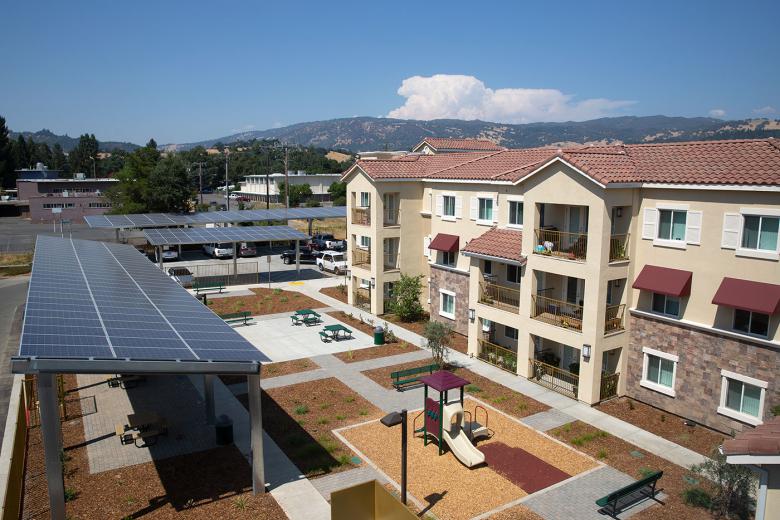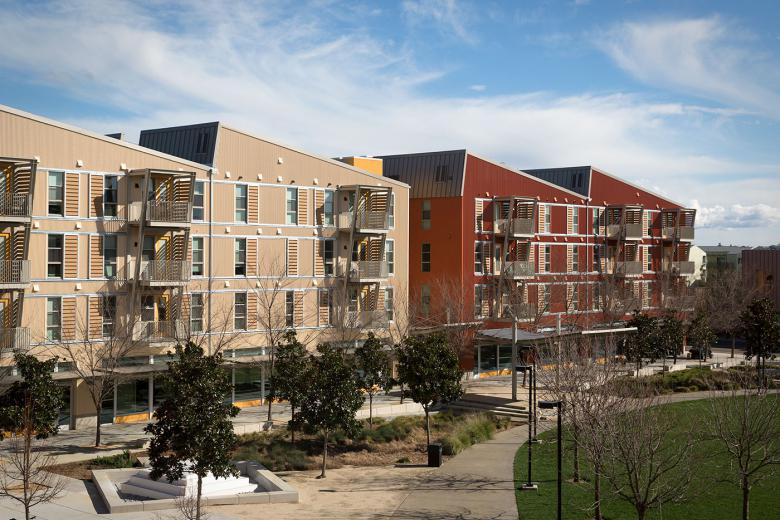Greenhouse gas emissions from buildings represent a significant portion of statewide emissions. In addition, at least half of single-family homes in California were built before building energy efficiency standards went into effect in the 1970s and there are significant opportunities for energy savings through building energy upgrades. By reducing the amount of energy needed in buildings through energy efficiency upgrades, reducing the carbon content of energy resources and appliances, and shifting energy usage with available technology, buildings can:
- Help the state reach climate goals
- Save consumers money through reduced energy bills
- Support grid resiliency and reliability
- Improve both indoor and outdoor air quality
- Reduce health risks from buildings
Assembly Bill 3232 (Friedman, Chapter 373, Statutes of 2018) requires the California Energy Commission (CEC) to prepare a Building Decarbonization Assessment, in consultation with the California Public Utilities Commission, California Air Resources Board, and the California Independent System Operator. This report will assess the potential for California to reduce greenhouse gases from buildings by 40 percent below 1990 levels by 2030. The Assessment will illustrate the state’s pathway to decarbonizing single-family, multifamily, and commercial buildings; identify challenges to and opportunities from decarbonizing; estimate the impact of decarbonization activities on the electricity grid; and illustrate topics and data gaps needing additional analysis in future proceedings.
- SB 100 Joint Agency Report
- Building Initiative for Low-Emissions Development Program
- 2020 Load Management Rulemaking
California has many ambitious energy efficiency, renewable energy, and greenhouse gas reduction goals, and the Building Decarbonization Assessment will both support and build on these programs and policies. Assembly Bill 32 (Nunez, Chapter 488, Statutes of 2006), the Global Warming Solutions Act of 2006, established an initial goal for California to reduce its greenhouse gas emissions to 1990 levels by 2020. Subsequent Executive Orders pushed this goal further with directives for reductions of 40 percent below 1990 levels by 2030, 80 percent below 1990 levels by 2050, and statewide carbon neutrality by 2045. Senate Bill 32 (Pavley, Chapter 249, Statutes of 2016) codified the 2030 goal, and the companion bill, Assembly Bill 197 (Garcia, Chapter 250, Statues of 2016), emphasized the equitable implementation of climate change policies such that benefits reach disadvantaged communities.


